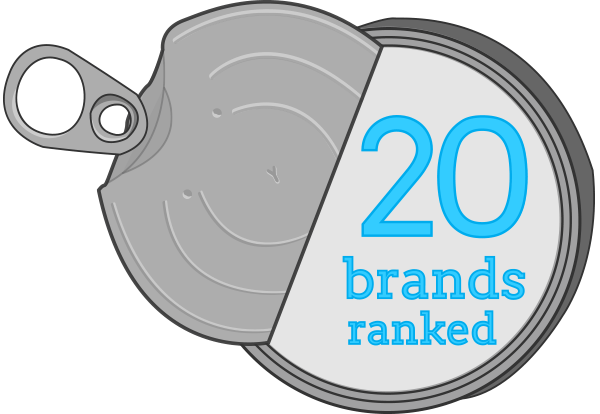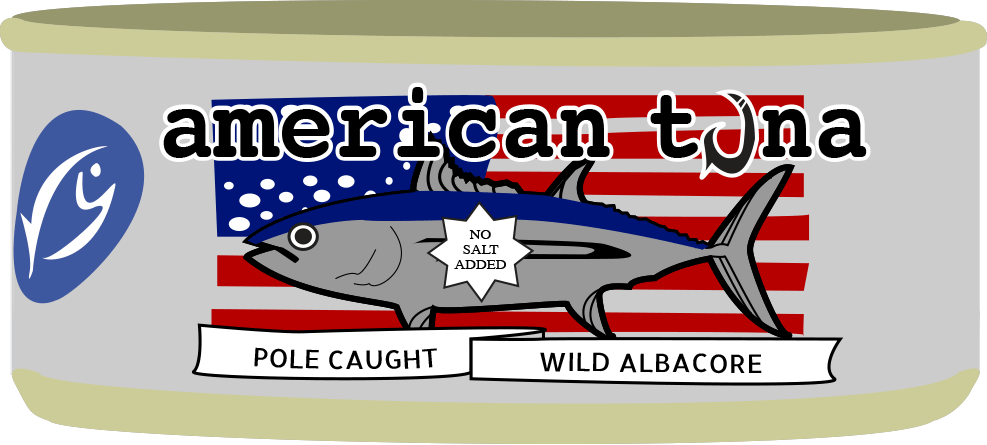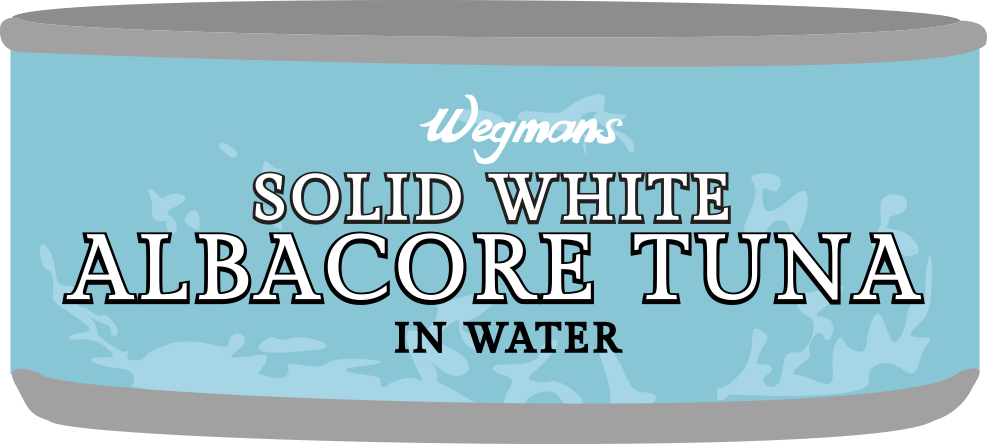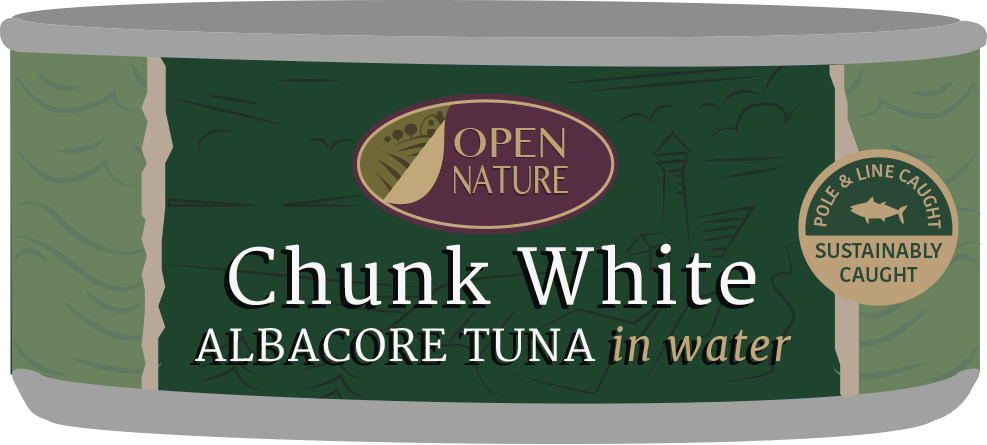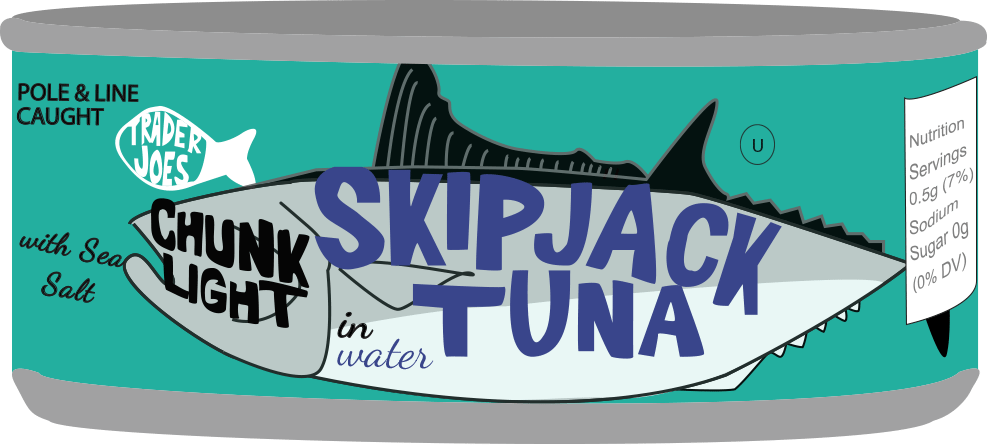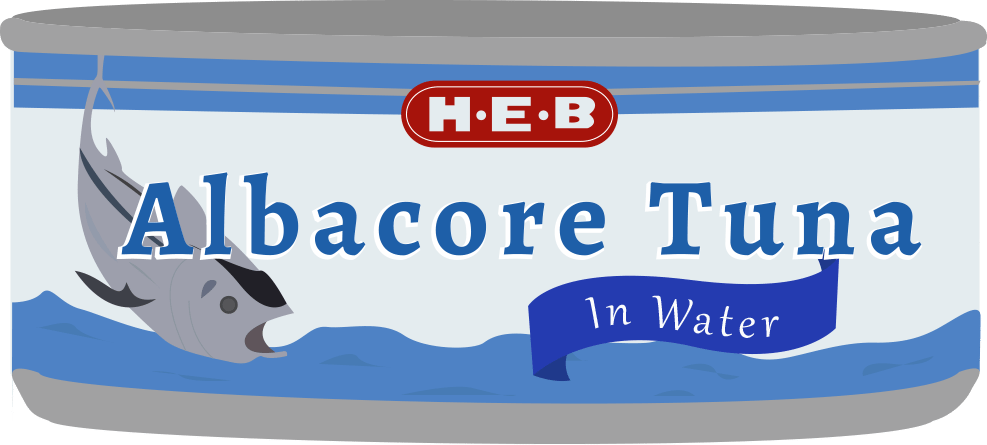It was the next day that he came down and whacked me, starting a new chapter in our saga. Every day I whistled at the gate and swung the lure. Soon he was grabbing tidbits from the ground or catching them in midair. But he no longer ate in front of me. He never touched me again. Our patterns were changing.
Then one day he wasn't there. I returned again and again, whistling, swinging his lure. No Zorro. I was afraid he'd been killed.
Five long days later, my neighbor who owns the meadow phoned: “Your boy is here. In a tree, yelling.” Sure enough, at the meadow gate - Zorro. He stayed around for a month. If he wasn't hungry, he'd perch on a pole and watch me toss treats. He'd follow the arc and waggle his tail – a comedy routine? Clearly food was no longer our main language. These were new, somewhat mysterious communications.
He disappeared often, but always came back. Hawks have an unmatched aerial view and the keenest eyes in the vertebrate world. Zorro found me when he wanted to. But he no longer needed me to survive.
His flight skills were breathtaking. Living in a cage left him a bit wobbly at first, but here he was, doing wing-loops and dives, catching tidbits in midair. He was well-muscled, sleek in his handsome adult feathers. People in our community stopped me on the road to ask about him. This was good; what people are interested in, they're less likely to harm. But he never let them get close.
Next he began to initiate some of our contacts. He recognized my car and once he flew right toward it. Those blazing eyes pierced the windshield and locked, like golden arrows, onto mine. A friend came for a week, and by the end of her visit, Zorro would land right over us. She, my neighbor, and my husband were the only other people to see his aerobatics. Zorro has his druthers!
Then a female appeared in his meadow. I say “female.” Sexing wild hawks is tricky. She was larger, as lady Red-tails normally are. Whenever I showed up, she'd cry and sail away. But she was back again next time. What effect would she have on my relationship with Zorro? And I on theirs?
In winter, hawk romance season, there were some strange goings-on. Once when I went to the gate with hors d'oeuvres, a Red-tail broke cover and flew, crying, down the meadow. It was the lady. A nearer cry, and there was Zorro, in a little evergreen. Then, keeping close, as if for confidence, he flew to a pole and went into serious duet mode. “Keeer-keeer,” he cried. From her perch in a dead tree, “Keeer-keeer,” the lady replied. Was this a prom-night duet? A game of chief-of-the-mountain? They kept up their call-and-response until dark.
The meadow became an arena. When Zorro seemed nervous, I'd spy the female, sometimes with a strange male close by. Zorro, now two years old, was ready for mate and babies and I hoped the lady would accept him. But hawk love is fraught with hormones, conflicts, enigmas. She could easily choose the other male and drive him away. Zorro stopped coming to me. In late February, when local Red-tails begin seriously thinking about eggs and chicks, he vanished.
In March, to my joy, he reappeared. He'd sit in a tree and watch me. In May, he began coming to the gate to snatch a meal, zoom away. He was probably feeding mate and babies, but I wasn't sure until one day in late June, a young Red-tail flew over, carrying the tidbit I'd just tossed Zorro. In the woods, another youngster was calling. I saw not only Zorro, but the female, and heard high-pitched begging cries from the woods. Two youngsters! They seemed to be a normal wild family.
Then on July 19, Zorro did a remarkable thing. He appeared at my house, flew to the top of a pine near his old aviary, and called. In all the months since his release, he'd never come back, though it was only a half mile from his meadow – maybe he remembered being in jail, who knows? But now, here he was, calling urgently. I tossed meat in the driveway. He snatched it and winged away. Seconds later the young hawks set up a clamor. That afternoon, Zorro came again, same tree, same calls. Another hefty hunk of meat, taken away, met with cries from the youngsters. What was going on?
I believe that Zorro's mate died – these devoted parents don't abandon their babies – leaving him with dependents who needed a substantial amount of food and some serious life lessons. He'd known me, trusted me, for two years. He asked for help, and I gave it. For nearly three weeks, he flew to the same tree, morning and afternoon, and accepted food.
Then, as abruptly as it had begun, it was over. Young hawks normally disperse in the late summer, early fall. They were gone. Zorro stopped coming to the house.
Today Zorro still lives in the area, and has a new lady. In February I saw them mating in the top of a tree. He'll occasionally appear at my whistle, but only to perch at a distance. We seem to be saying, “You're there, I'm here. All's well.” In May, he vanished once more. In mid-June, he was back, accepting an occasional meal. And in July, he began coming to the house, surely feeding young once more. But he wasn't frantic the way he'd been the year before.
We have a new pattern now: he plummets out of the sky, frequently with a battalion of crows on his tail. If I'm not waiting, he might call. I stopped whistling, since that draws his tormentors, but Zorro remembers my hand signals, so I can point to a certain tree and in a moment, he'll drop down and land on the top, like a Christmas-tree angel. Sometimes, he’ll sleep in the oak over our roof. Perhaps he feels safe there from the crows. Or on cool nights, warm from the chimney.
Our vocabulary grows. If I call “Zorro,” a speck might appear in the sky and, in a fiery swoop, he'll perch. Occasionally, he'll hunt gophers in the orchard. He often watches us work in the yard. Though he goes off for a few days, he returns. Every meeting leads to an exchange.
For me, this is an astonishing experience. Communication with a wild being. It is more solid than my sentimental child's dream, more satisfying than my years of study. What it is for Zorro I can't say. I probably won't even know the end of his story. One day - I hope years from now - he will simply be gone.
Until then the door between us is open. Sometimes his eyes slip into mine, and then we share that miracle people tell us is impossible: the meeting of alien minds.


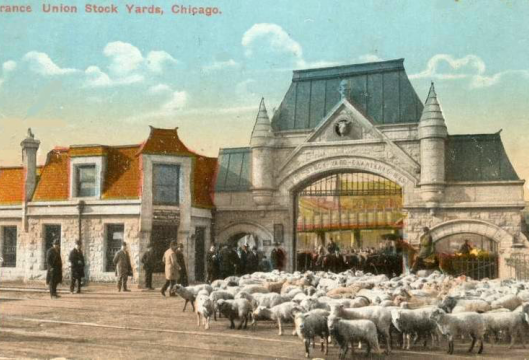





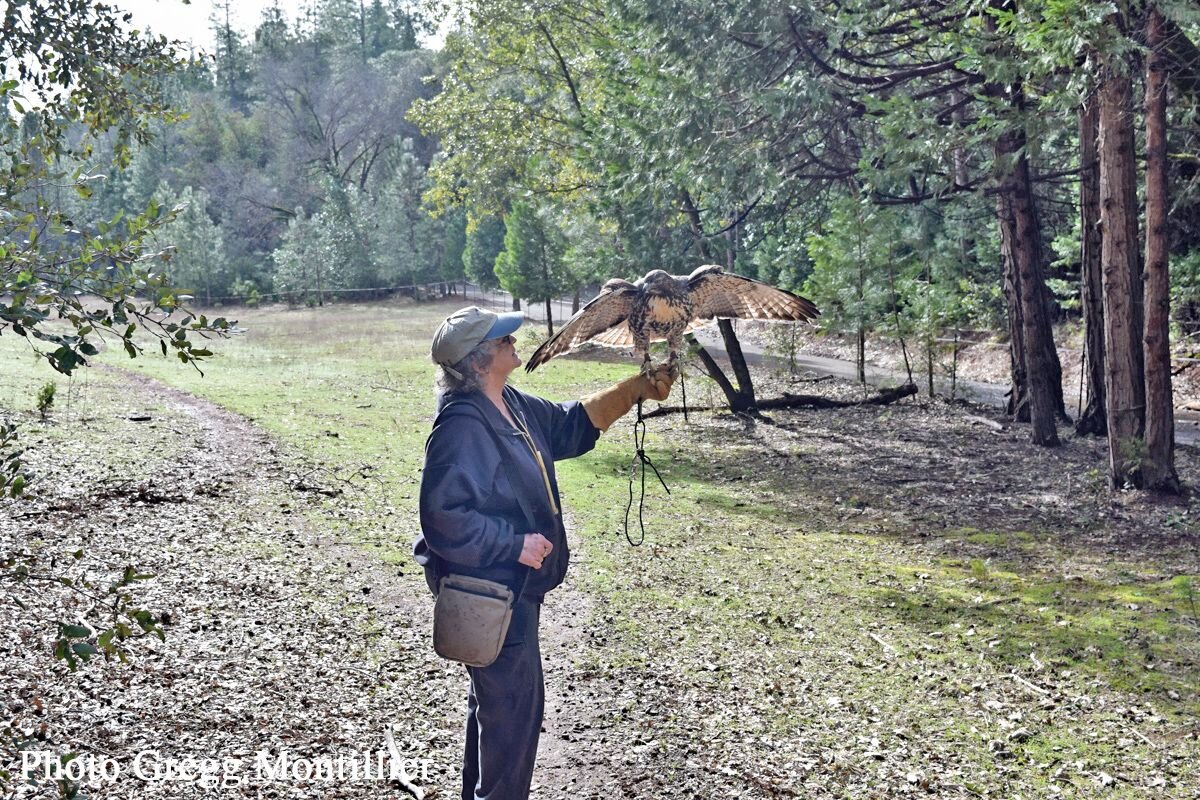


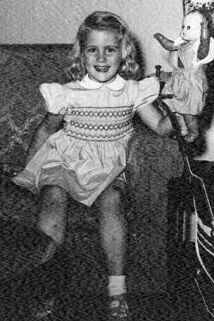






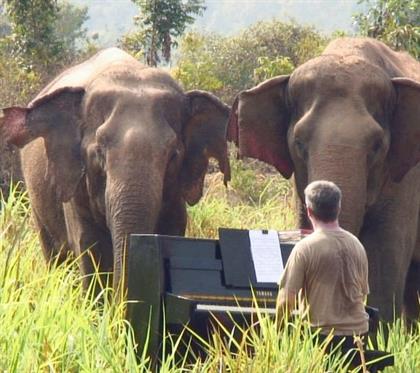








 Lolita, over 45 years in captivity at the Miami Seaquarium
Lolita, over 45 years in captivity at the Miami Seaquarium Lolita's prison for 45 years and France is not alone
Lolita's prison for 45 years and France is not alone

